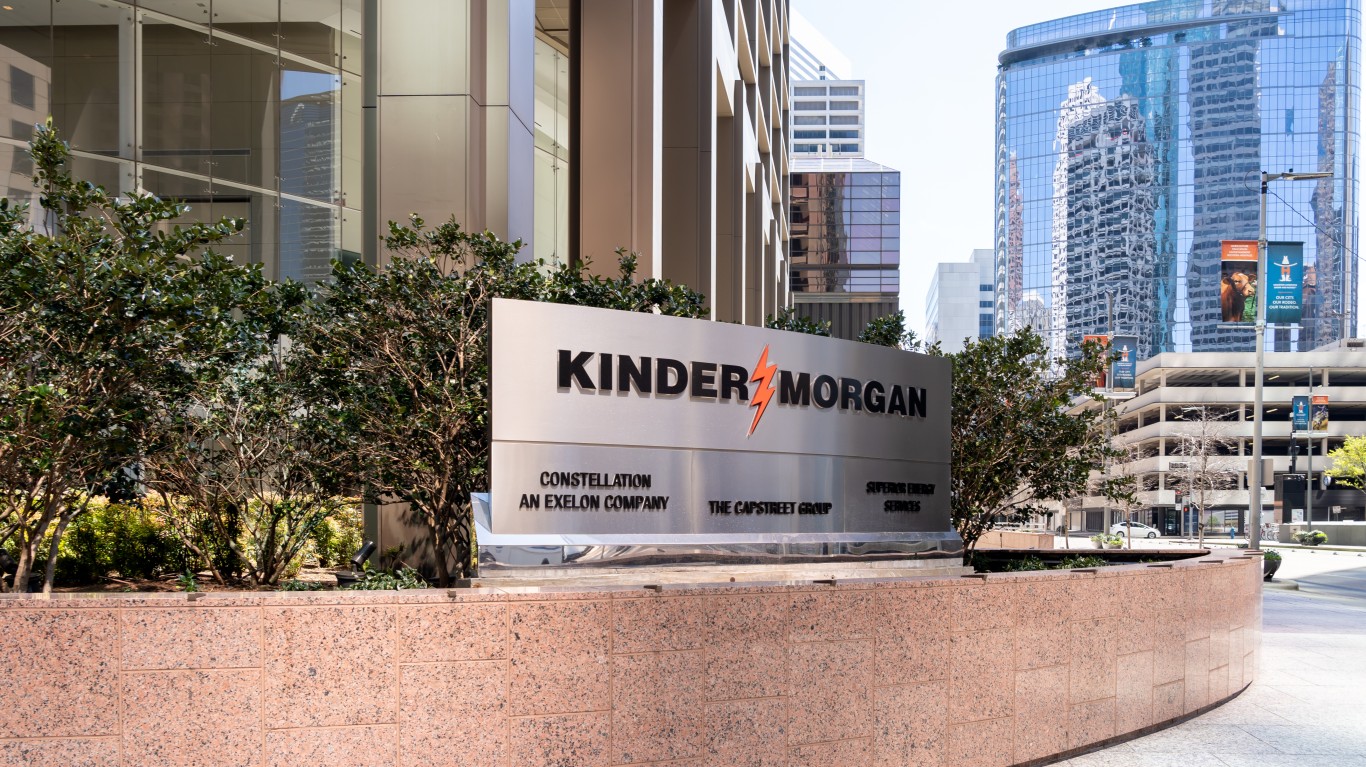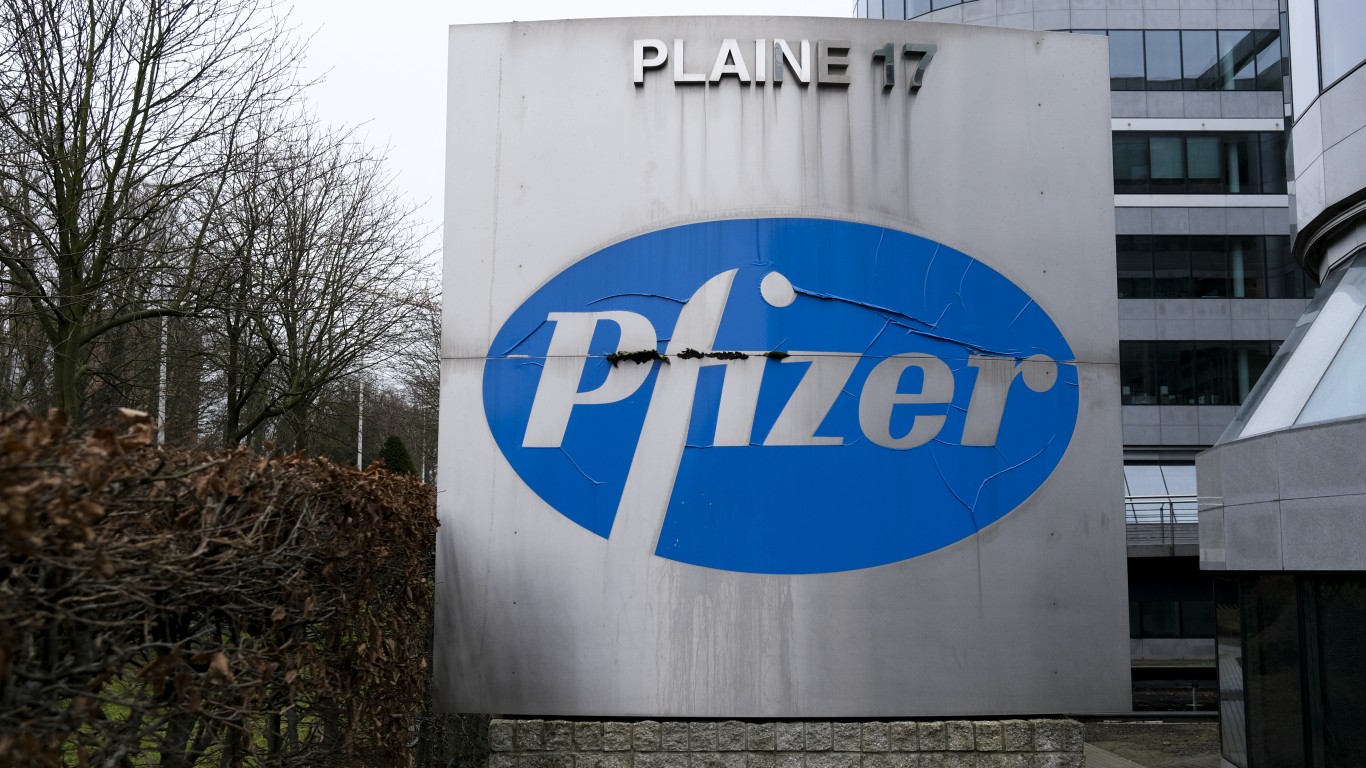Investing
Current, Future and Former Dividend Aristocrats Yielding Over 4% to Buy in November 2024

Published:

Maintaining dividend aristocrat status isn’t easy, as it requires companies to pay out dividends consistently (and raise them each year) for 25 consecutive years, while maintaining a $3 billion market capitalization and be included in the S&P 500 index. Thus, with such a small sample size to choose from, and a number of great options out there, I thought I’d look at three companies that are either current, past or future dividend aristocrats that are worth considering in this current environment.
These companies operate in relatively stable industries with strong market share and the potential to provide investors with consistent cash flow growth over time. As these companies continue to grow their earnings and cash flows, greater distributions to shareholders should follow. That’s because a key tenet of the entire investment thesis for these companies has been their ability to raise dividends over time. Simply put, there’s a very specific investor base for these fixed income-like stocks, making them appreciating assets largely due to their dividend growth expected over time.
I do like focusing on companies that not only pass on their earnings growth to shareholders but do so consistently. In this regard, let’s dive into three top dividend aristocrat options which may not be as mainstream as the average picks you’d read about elsewhere.

Kinder Morgan (NYSE:KMI) has established a notable dividend history since its public listing in 2011, reflecting its commitment to returning value to shareholders. The company has consistently paid dividends on a quarterly basis, raising its dividends for more than 25 consecutive years to become a top current dividend aristocrat I think investors ought to consider right now.
For those seeking a company paying out a dividend yield of 4.1%, this is a top stock I think is worth considering. The company’s status as a leading energy infrastructure (pipeline) operator has positioned investors well to receive very consistent and growing distributions over the long-term.
With the vast majority of Kinder Morgan’s revenues locked into long-term contracts with select clients, often stipulating price increases across a predetermined schedule for many years to come, the company is able to very accurately predict where its cash flows will come in at over time, and what percentage to pass back to shareholders. That said, this company hasn’t been shy on expanding as well, with various strategic acquisitions (such as Stagecoach and Kinetrex) aiming to enhance the company’s infrastructure and market share in renewable natural gas, a key potential growth area long-term investors will want exposure to.
In July, Kinder Morgan launched the $3 billion South System Expansion 4 Project to meet rising natural gas demand in the southeastern U.S. The company also expanded its Gulf Coast Express Pipeline, moving Permian Basin gas to Texas’s major LNG hub. I’m of the view that these projects should position the company well for further cash flow growth over time, and this dividend aristocrat certainly looks like a buy with its current yield and valuation at around 21-times forward earnings.

AT&T (NYSE:T) is a company that was previously a dividend aristocrat, with a streak that was officially broken in 2022. Thus, it’s perhaps a stock that shouldn’t be on this list.
However, the company’s history of continued dividend growth in a rather stable industry does provide some credence as to why long-term dividend investors may still want to consider this telecom giant which currently provides investors with a dividend yield of 4.8%. In my view AT&T’s dividend stability has improved, as evidenced by the company’s third-quarter earnings report which highlighted positive trends in key financial metrics.
AT&T’s third-quarter results were mixed, with revenue down 0.5% to $30.2 billion and adjusted EPS falling 6.3% to $0.60. Notably, operating and free cash flow dropped slightly year over year. However, key positives included a 3.4% increase in adjusted EBITDA to $11.6 billion driven by mobility and fiber growth. Additionally, mobility services revenue rose 4% to $16.5 billion, and consumer broadband revenue grew 6.4% to $2.8 billion. Despite various challenges, AT&T added over 200,000 fiber customers for the 19th consecutive quarter.
These results paint a much more rosy picture of the company’s earnings potential over the long-term. And while free cash flow continues to trend in the wrong direction, there’s no shortage of investors willing to bet on a rebound. That’s partly due to the company’s focus on paying back debt (with net debt decreasing by $1.1 billion over the past quarter), which should help in the free cash flow department down the road. If AT&T can continue making steps in the right direction to improve its balance sheet and provided consistent dividend growth to investors, this 4.8% yield certainly will look a lot more attractive down the line.

Pfizer (NYSE:PFE) has a long and established history of dividend payments, reflecting its commitment to returning value to shareholders. The company has consistently paid dividends since 1929, showcasing its financial stability and operational success over the decades. Currently, Pfizer offers an annual dividend of $1.68 per share, translating to a dividend yield of 6.6% at present prices.
Now, this yield is certainly high, and at this level, many market participants may be pricing in some sort of dividend cut or suspension down the line. I’m not necessarily sure that will be the case, given that Pfizer has a solid track record of dividend increases over the past 12 years, as well as a notable track record of paying a dividend for 335 consecutive quarters. That’s a streak that will be hard to break, particularly if cash flow growth materializes over the long-term.
That’s the key question for Pfizer shareholders, given the relative dearth of Covid-19 vaccine revenues which propelled the stock to its most recent highs over the past five years. Pfizer stock has continued to trend lower as investors continue to price in a weakening of the company’s overall drug portfolio, with more key drugs coming off patent and lower vaccine revenues likely to contribute to weakening financials.
That said, the trend does appear to be turning around for Pfizer. The company reported that its non-COVID revenues rose 14% last quarter, with oncology leading the way with an impressive 31% increase to $4 billion. These numbers made Pfizer the third-largest in oncology biopharma by mid-2024, and an attractive dividend stock to consider in my view. Additionally, Pfizer’s Seagen acquisition contributed $854 million to the company’s top line, with Padcev becoming the top-prescribed first-line treatment with Merck’s Keytruda for advanced urothelial cancer in the U.S.
If Pfizer can reinvigorate investors with a new story around its drug pipeline and cement its status as a dividend growth stock worth buying, this is a company that simply looks too cheap to ignore right now. Shares of Pfizer currently trade hands at a rock-bottom valuation of just 8.6-times forward earnings. Indeed, it’s hard to find any large-cap blue-chip stock trading at those levels today.
The last few years made people forget how much banks and CD’s can pay. Meanwhile, interest rates have spiked and many can afford to pay you much more, but most are keeping yields low and hoping you won’t notice.
But there is good news. To win qualified customers, some accounts are paying almost 10x the national average! That’s an incredible way to keep your money safe and earn more at the same time. Our top pick for high yield savings accounts includes other benefits as well. You can earn up to 3.80% with a Checking & Savings Account today Sign up and get up to $300 with direct deposit. No account fees. FDIC Insured.
Click here to see how much more you could be earning on your savings today. It takes just a few minutes to open an account to make your money work for you.
Thank you for reading! Have some feedback for us?
Contact the 24/7 Wall St. editorial team.